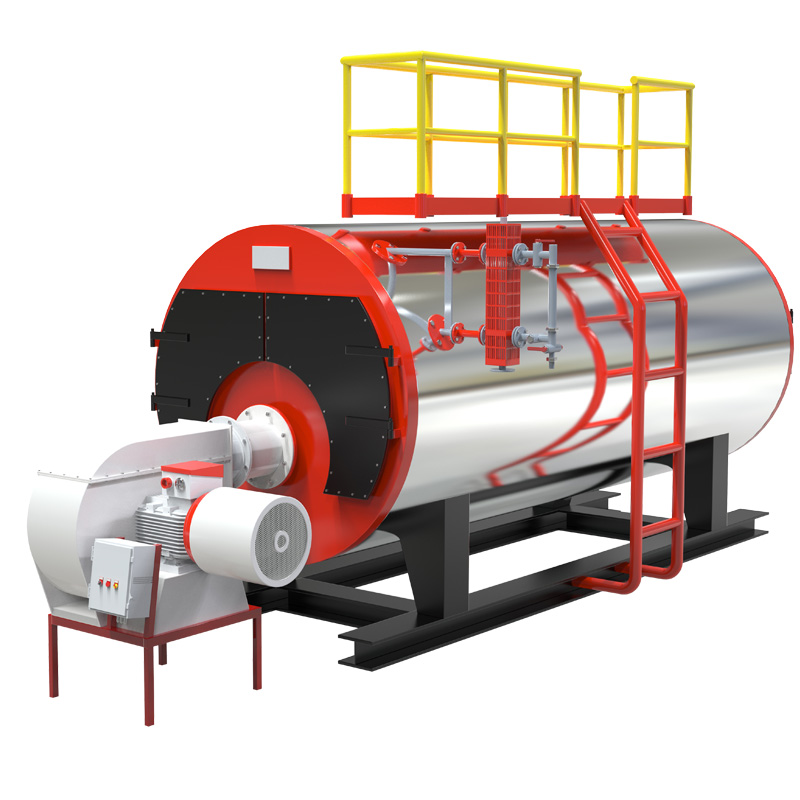
Sep . 29, 2024 05:12 Back to list
Understanding the Definition and Functionality of Steam Boilers in Industrial Applications
Understanding the Definition and Functionality of a Steam Boiler
A steam boiler is a critical component in many industrial processes, commonly used for power generation, heating, and various manufacturing applications. At its core, a steam boiler is designed to convert water into steam through the application of heat. Understanding its definition, basic functions, and types can provide a deeper insight into its significance in various industries.
Definition of a Steam Boiler
A steam boiler can be defined as a closed vessel in which water is heated, typically using fuel combustion or electricity, until it reaches the boiling point and converts into steam. The steam generated under pressure can then be utilized for various purposes, including heating, driving turbines for electricity generation, or providing heat for industrial processes. The ability to produce steam efficiently and safely is a critical aspect of a steam boiler's function.
How Steam Boilers Work
The operation of a steam boiler involves several key processes. First, fuel is burned in a combustion chamber, generating heat. This heat is transferred to water contained within the boiler, raising its temperature. Once the water reaches its boiling point, it transforms into steam, which occupies a larger volume than water. The resulting increase in pressure within the boiler can be harnessed for various applications.
Steam boilers come equipped with safety features to maintain operational integrity. Pressure and temperature controls, safety valves, and automatic shut-off systems are essential to prevent accidents and ensure efficient operation. Regular maintenance is also necessary to check for leaks, scale buildup, and other issues that could impair the boiler's performance.
steam boiler definition

Types of Steam Boilers
There are several types of steam boilers, each optimized for different applications. The two primary categories are fire-tube and water-tube boilers.
- Fire-tube Boilers In these boilers, hot gases produced from burning fuel pass through tubes that are surrounded by water. The heat transfers from the gas to the water, generating steam. Fire-tube boilers are generally easier to operate and maintain, making them common in small to medium-sized heating applications.
- Water-tube Boilers In contrast, water-tube boilers circulate water through tubes that are heated by external combustion gases. This design allows for higher pressures and steam production rates, making water-tube boilers suitable for large-scale industrial applications and power generation.
Applications of Steam Boilers
Steam boilers are widely utilized across various industries. In the power generation sector, they play a pivotal role in producing electricity in thermal power plants. In manufacturing, steam is used for processes like drying, sterilization, and chemical production. Additionally, steam boilers serve vital functions in heating systems for buildings and facilities, contributing to climate control and comfort.
In conclusion, steam boilers are essential tools in a plethora of industrial applications due to their ability to efficiently convert water into steam for power and heat generation. Understanding their functioning, types, and various applications highlights their significance in operations ranging from energy production to manufacturing processes. With ongoing advancements in technology and efficiency, steam boilers continue to play a fundamental role in meeting the energy needs of modern society.
-
High-Efficiency Commercial Oil Fired Steam Boiler for Industry
NewsJul.30,2025
-
High-Efficiency Biomass Fired Thermal Oil Boiler Solutions
NewsJul.30,2025
-
High Efficiency Gas Fired Thermal Oil Boiler for Industrial Heating
NewsJul.29,2025
-
High-Efficiency Gas Fired Hot Water Boiler for Sale – Reliable & Affordable
NewsJul.29,2025
-
High Efficiency Biomass Fired Hot Water Boiler for Industrial and Commercial Use
NewsJul.29,2025
-
High-Efficiency Biomass Fired Hot Water Boiler for Industrial Use
NewsJul.28,2025
Related PRODUCTS






















